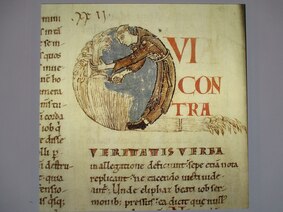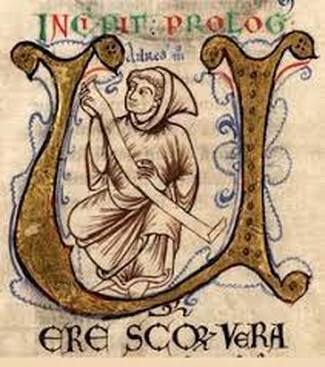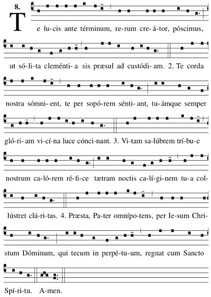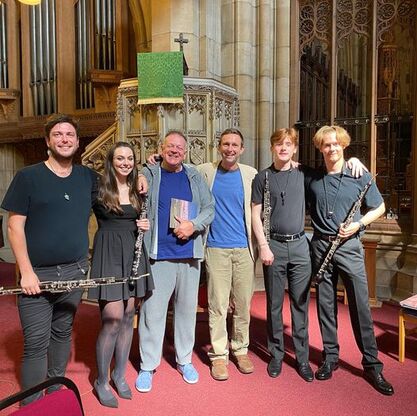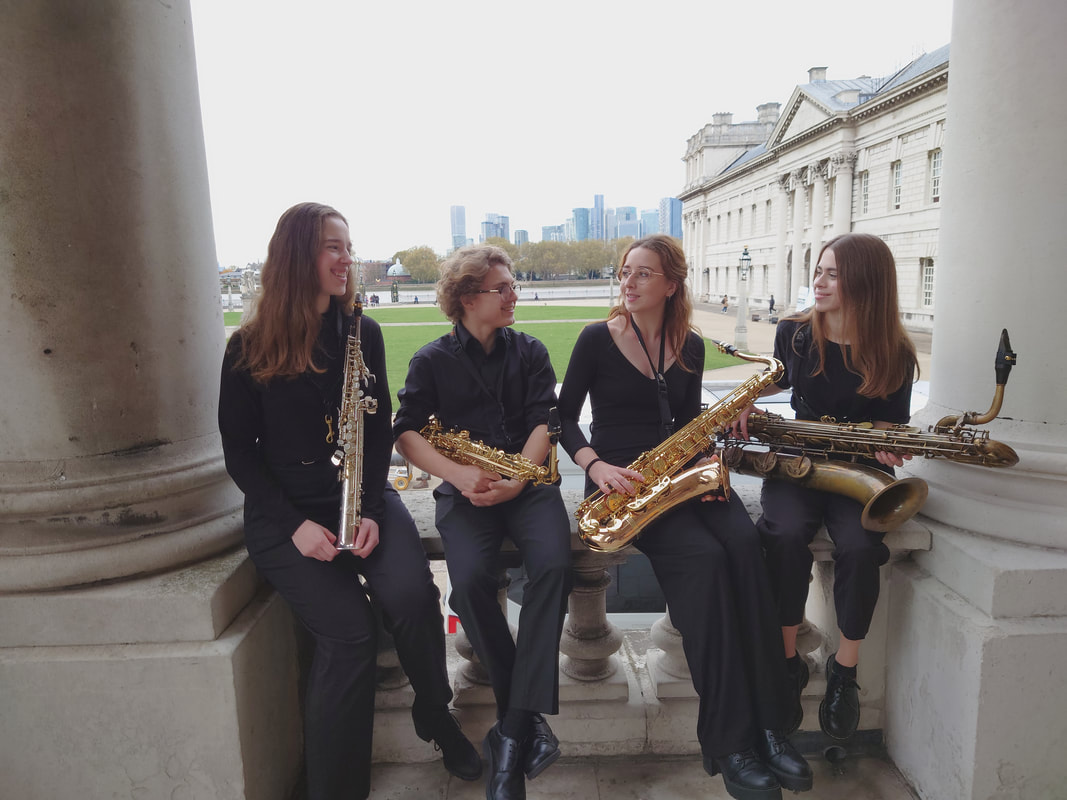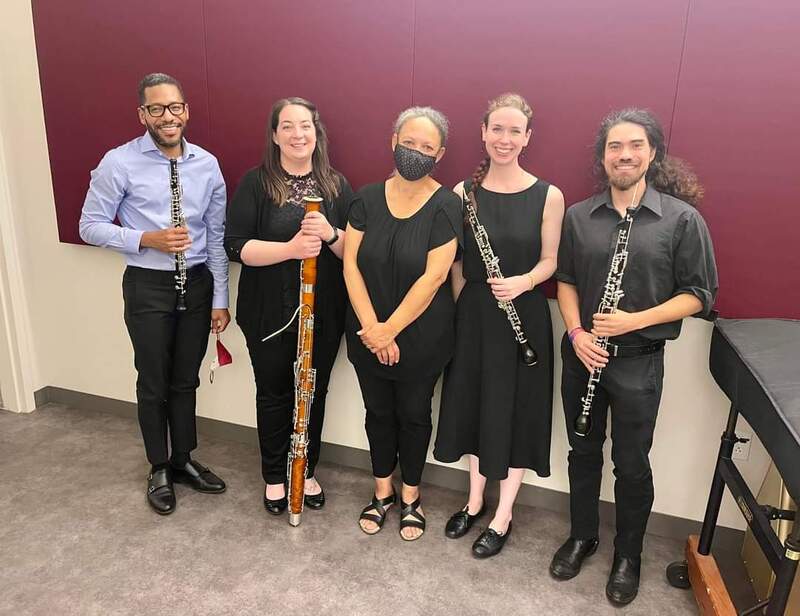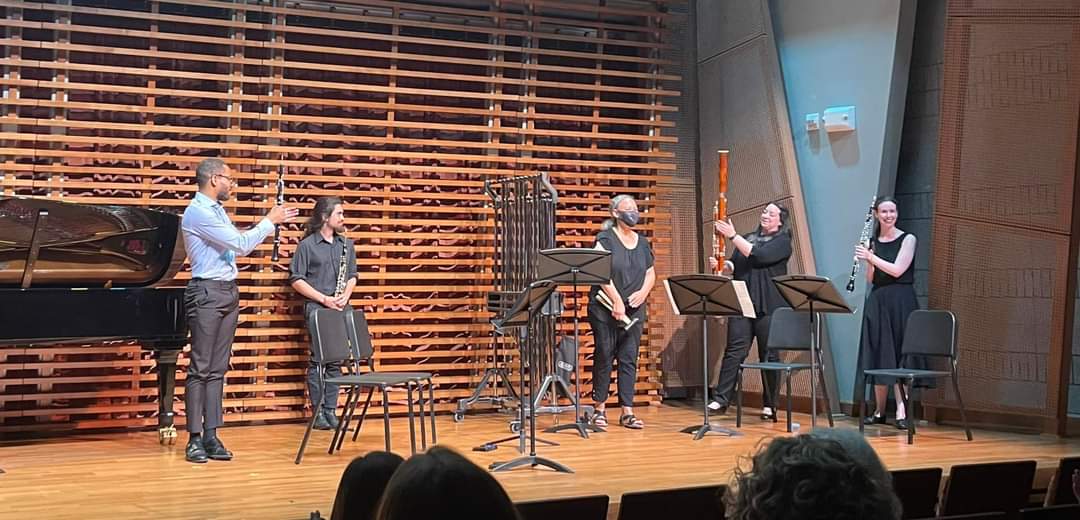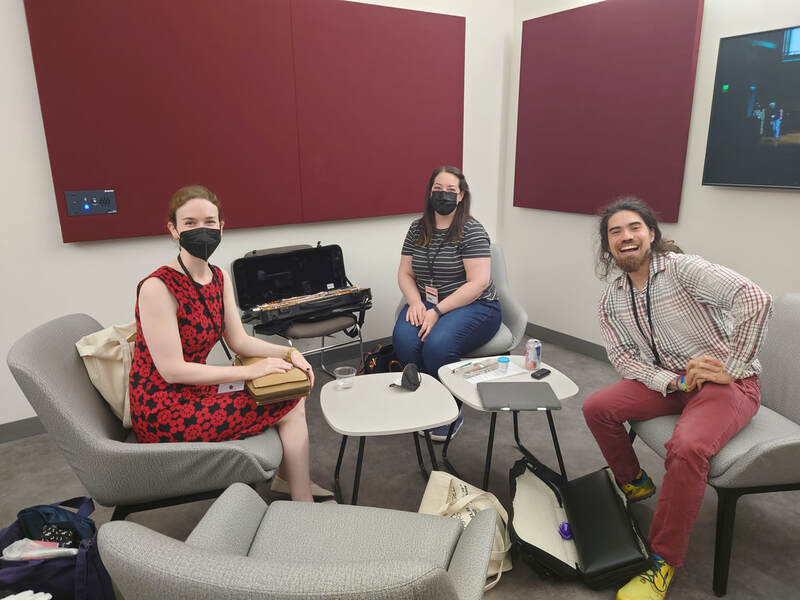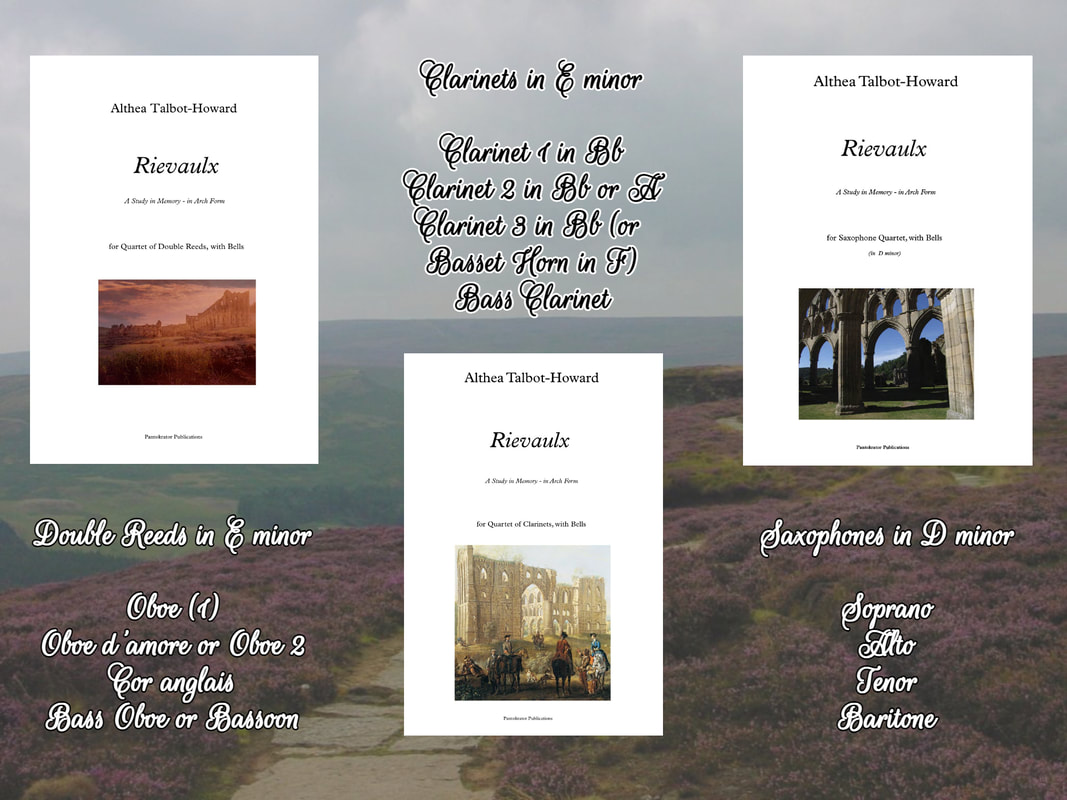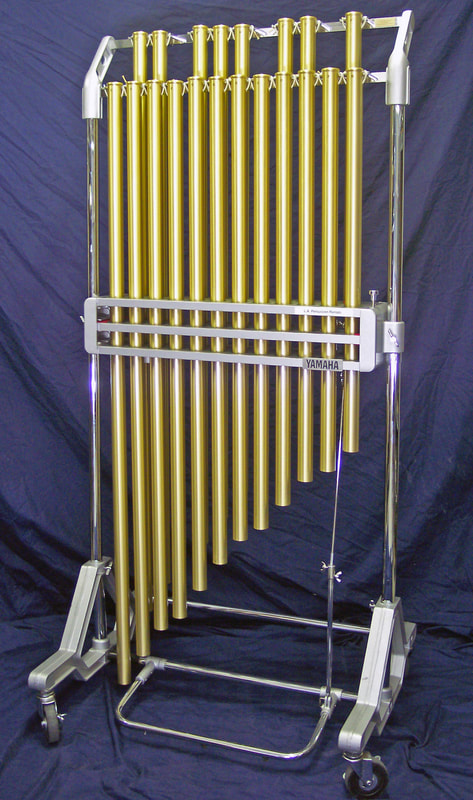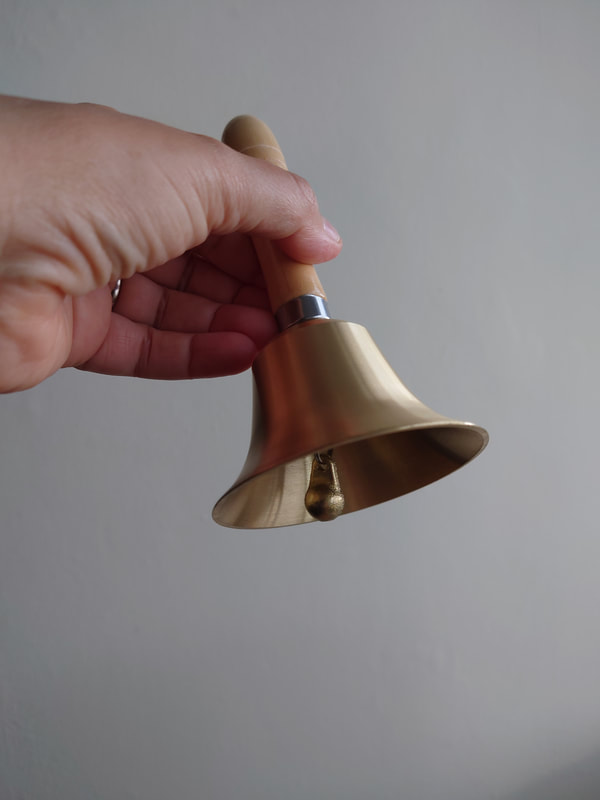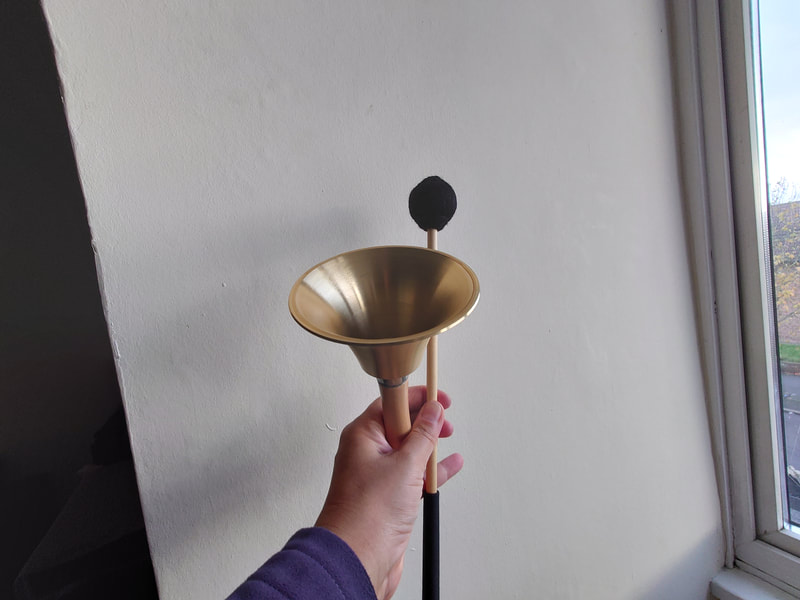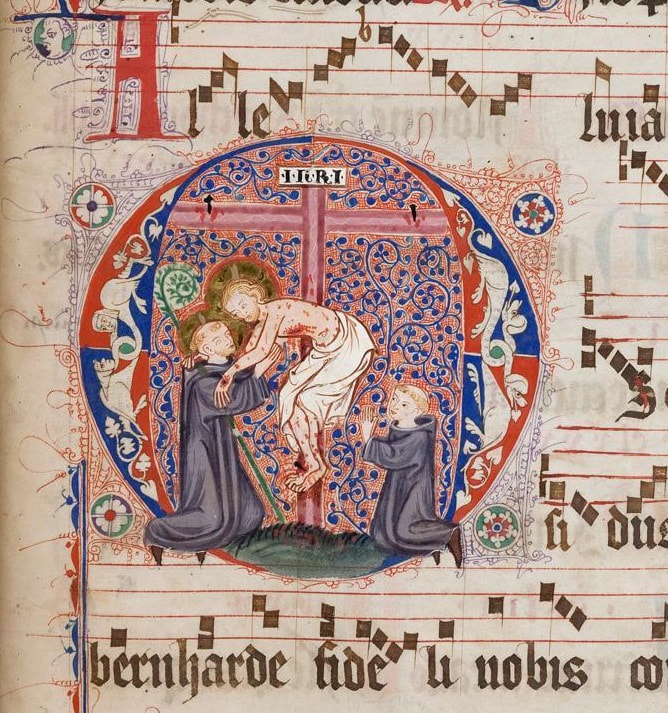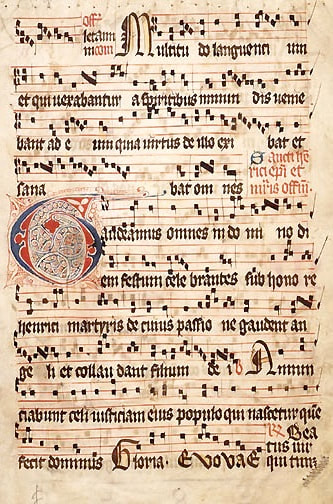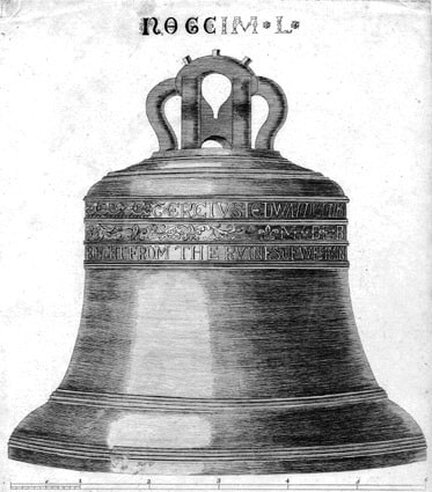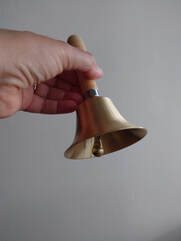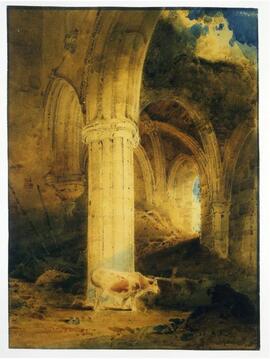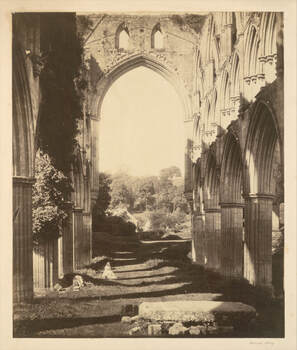Rievaulx
A Study in Memory - in Arch Form
for Quartet of Double or Single Reed Instruments - with Bells
"[The quartet] played extremely beautifully and your wonderful work was so well received - so thank you for that contribution, from us personally."
"The audience loved Rievaulx."
"Very pleased your piece was so well received and thank you for writing such a topical work."
Quotations: North York Moors Chamber Music Festival Personnel
"The audience loved Rievaulx."
"Very pleased your piece was so well received and thank you for writing such a topical work."
Quotations: North York Moors Chamber Music Festival Personnel
Composer's Notes
|
Rievaulx - the ruined abbey on the North Yorkshire Moors near Whitby - was once a Cistercian monastery.
It was founded by the renowned saint, Bernard of Clairvaux. He was Abbot of Clairvaux from 1115-1128, which was itself a daughter house of the first Cistercian monastery at Cîteaux in Burgundy, France. |
Rievaulx Review - by Nicholas Daniel
(International Solo Oboist & Conductor) "Every piece I hear by the increasingly highly regarded Althea Talbot-Howard boosts my already deep appreciation of her work. This piece showed how well Althea knows these instruments, here with the added zing of percussion played by Sullivan. It was a piece that really caught the ear and stayed with me long after the concert finished." Pages 28-29 Double Reed NEWS l ISSUE 130 - Reviews |
The Genesis of the Piece
In August 1990, a friend who was studying on the Royal Academy of Music's postgraduate course with me, kindly invited me to visit Yorkshire. I stayed with him and his parents for three days, and, during that time, we drove over to Rievaulx Abbey.
We arrived at the end of day, and we were the only ones there. We were able to walk straight onto the site, and I really enjoyed seeing this beautiful monument for the first time, just as the late summer day began to draw to a close.
Rievaulx Abbey was only in use for 400 years. It has been a ruin longer than it served as a functioning monastery! For many centuries, visitors have travelled from near and far to see it. Some of those happy occasions feature towards the middle of the piece, inspired by the picture at the bottom of this page.
Performance Notes
Rievaulx can be performed by four or five players, depending upon whether or not Bells & Part One (see below) are doubled.
The piece begins with the ringing of the Compline bells. Compline was the early evening monastic service.
Either tubular or Aluphone bells - or a single handbell - can be used.
Seven bars into the A1 section, the bass instrument plays the first line of 'Te lucis ante terminum' ('To You before the End of Day') - a famous Gregorian chant commonly sung at Compline. The upper instruments soon follow.
Other compositional features of the A1 section are parallel organum in fifths and octaves, and a Guillaume de Machaut chromatic perfect cadence.
The A2 section at the end concludes with my answering melody to the musical question posed by the traditional Te Lucis melody.
Each section is labelled on the score, in lieu of rehearsal marks, in order to help performers to see the structure.
I do hope you will enjoy it!

